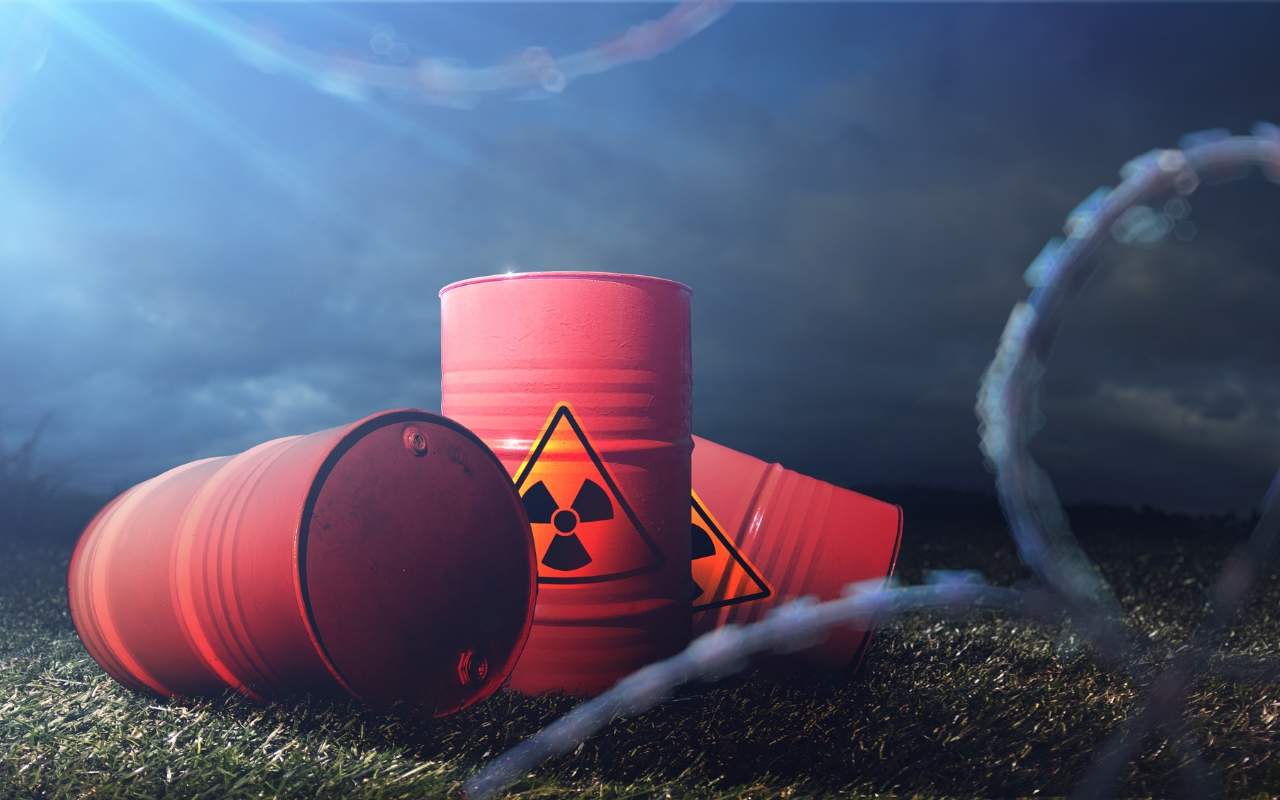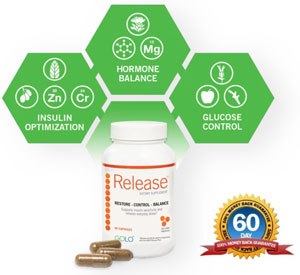Health
How can I reduce my exposure to environmental toxins?
Published
2 years agoon
By
mbkteam
In recent years, the increasing prevalence of cancer has drawn significant attention to the role of environmental carcinogens—substances in our air, water, and soil that can induce cancer. Understanding how these substances interact with human health is critical for developing effective strategies to mitigate their impact. The following comprehensive examination delves into the sources of environmental carcinogens, the actions taken by organizations like the Environmental Protection Agency (EPA), and practical steps individuals can take to minimize their exposure.
The term “carcinogen” refers to any substance capable of causing cancer in living tissues. These carcinogens are often found in everyday environments, including industrial emissions, household products, and even natural occurrences. Many of these substances are legally regulated; however, exposure remains a concern, especially for vulnerable populations.
Sources and Types of Environmental Carcinogens
Carcinogens can be broadly categorized into several types based on their source and chemical nature. These include industrial pollutants, agricultural chemicals, natural occurrences, and lifestyle-related chemicals. Each type presents unique challenges for detection and regulation.
Industrial Pollutants
Many industrial processes release carcinogenic substances into the environment. For instance, manufacturing facilities have been significant contributors, particularly those producing synthetic organic chemicals, polymers, and resins. The EPA has recently tightened regulations in this area, implementing stringent tailpipe standards under the Clean Air Act to reduce emissions of air toxics, including potent carcinogens such as ethylene oxide (EtO) and chloroprene. These measures are expected to decrease cancer risks in communities surrounding these plants significantly.
Iron and steel manufacturing is another sector under scrutiny. The National Emission Standards for Hazardous Air Pollutants (NESHAP) amendments aim to reduce toxic metal emissions and fine particle pollution, thereby improving air quality and public health, particularly for those in overburdened areas.
Agricultural Chemicals
Agricultural activities contribute to environmental carcinogens through pesticides and fertilizers, some of which contain known or suspected carcinogens. These chemicals can contaminate water supplies and food products, posing a risk to human health. Regulatory bodies have established guidelines to manage and monitor the use of such substances, ensuring that their levels remain within safe limits.
Natural Occurrences
Certain carcinogens occur naturally in the environment. Radon, a radioactive gas resulting from the natural decay of uranium, is a major indoor air pollutant. The EPA has identified radon exposure as a leading cause of lung cancer in non-smokers, emphasizing the need for mitigation systems in homes with high radon levels.
Lifestyle-Related Chemicals
Exposure to carcinogens also comes from lifestyle choices. For example, substances such as tobacco smoke, alcohol, and certain pharmaceuticals are well-documented carcinogens. Managing these exposures involves behavioral changes and public health initiatives to reduce consumption and promote healthier alternatives.
EPA's Efforts to Reduce Exposure
The EPA plays a crucial role in safeguarding human health from environmental carcinogens through various programs and regulations. The agency's initiatives span multiple domains, including air quality, water safety, land management, and research.
Air Quality
The Clean Air Act empowers the EPA to set and enforce standards to control harmful emissions from vehicles and industrial sources. The Diesel Emissions Reduction Act (DERA), for instance, supports transitioning diesel equipment to cleaner alternatives, significantly reducing harmful pollutants emissions.
In addition, the EPA's AirToxScreen tool aids state, local, and tribal air agencies in identifying pollutant sources and assessing potential risks. This tool helps prioritize areas for further study and mitigation by providing a comprehensive review of hazardous air pollutants.
Water Safety
The Clean Water Act mandates that the EPA regulate the discharge of pollutants into water bodies. Effluent Guidelines and Pretreatment Standards are established on an industry basis to control carcinogenic discharges. These guidelines are crucial for maintaining the water quality necessary for public health.
Moreover, the EPA's National Primary Drinking Water Regulation (NPDWR) for per- and polyfluoroalkyl substances (PFAS) aims to reduce exposure to these persistent chemicals. PFAS, found in numerous consumer products and industrial applications, has been linked to various health issues, including cancer. The final rule issued in April 2024 is expected to protect approximately 100 million people by reducing PFAS exposure in drinking water.
Land Management
The EPA's Office of Land and Emergency Management (OLEM) manages and reduces waste while revitalizing contaminated lands. The Superfund program is critical to this effort, focusing on cleaning up some of the nation’s most polluted sites. These initiatives remove hazardous substances and facilitate the redevelopment of these areas, turning them into safe, usable spaces for communities.
Research and Development
The Office of Research and Development (ORD) conducts pivotal research to inform the EPA's decision-making processes. This includes assessing carcinogen risks and tracking environmental indicators related to cancer. The Integrated Risk Information System (IRIS) and Provisional Peer Reviewed Toxicity Value (PPRTV) assessments provide comprehensive data on the health hazards of various chemicals, aiding in the development of protective regulations.
Practical Steps for Individuals
While regulatory efforts are essential, individuals can also proactively reduce their carcinogenic exposure. Simple lifestyle adjustments and informed choices can significantly lower risks.
Indoor Air Quality
Improving indoor air quality is vital, especially considering people's time indoors. Ventilation systems, air purifiers, and regular maintenance of household appliances can help reduce indoor pollutants. Testing for radon and implementing mitigation measures in homes with high levels is also recommended.
Water Safety
Ensuring the safety of drinking water is another critical area. Using certified water filters and regularly testing well water can help detect and remove contaminants. Staying informed about local water quality reports provided by the EPA and other regulatory bodies ensures that individuals can take timely action.
Food Choices
Diet plays a significant role in exposure to carcinogens. Opting for organic produce, reducing consumption of processed foods, and properly washing fruits and vegetables can minimize the intake of pesticides and other harmful chemicals. Additionally, limiting the consumption of charred and smoked foods, which may contain carcinogenic compounds, can further reduce risk.
Personal Care Products
Many personal care products contain potentially harmful chemicals. Reading labels and choosing products free from known carcinogens, such as certain parabens and phthalates, can help reduce exposure. Resources like the Environmental Working Group (EWG) provide databases of safer product choices.
Sun Safety
Overexposure to ultraviolet (UV) radiation is a well-known risk factor for skin cancer. In collaboration with the National Weather Service and the Centers for Disease Control and Prevention, the EPA promotes sun safety through the UV Index forecast. Wearing protective clothing, using broad-spectrum sunscreen, and avoiding peak sun hours are effective strategies to protect against UV radiation.
Community and Policy Advocacy
Beyond individual actions, community involvement and policy advocacy are potent tools for driving systemic change. Supporting local and national policies to reduce environmental pollution, participating in community monitoring programs, and advocating for stronger regulations can amplify efforts to protect public health.
Environmental Justice
Environmental justice ensures that all communities, mainly those historically overburdened by pollution, receive equal protection from environmental hazards. Tools like the EPA's EJScreen provide valuable data on ecological health burdens in specific areas, helping to inform targeted interventions. Supporting initiatives that address disparities in environmental health can lead to more equitable outcomes.
Educating and Empowering Communities
Education is critical to empowering communities to take action. Outreach programs, public workshops, and accessible information on environmental health risks enable individuals and communities to make informed decisions. By fostering awareness and understanding, these efforts contribute to a collective movement toward reducing carcinogen exposure.
The Path Forward
Reducing exposure to environmental carcinogens is a multifaceted challenge that requires coordinated efforts from regulatory agencies, industries, communities, and individuals. The EPA's comprehensive programs and regulations are crucial in mitigating risks and protecting public health. However, individual actions and community involvement are equally important.
Innovations in technology and science continue to enhance our understanding of environmental carcinogens and their impacts. Ongoing research and development efforts will likely yield new detection, regulation, and mitigation strategies.
For a healthier future, we must remain vigilant about the sources of carcinogens in our environment and take proactive steps to limit exposure. By staying informed, advocating for stronger policies, and making conscious lifestyle choices, we can collectively reduce the burden of cancer and create safer, healthier communities for generations to come.













